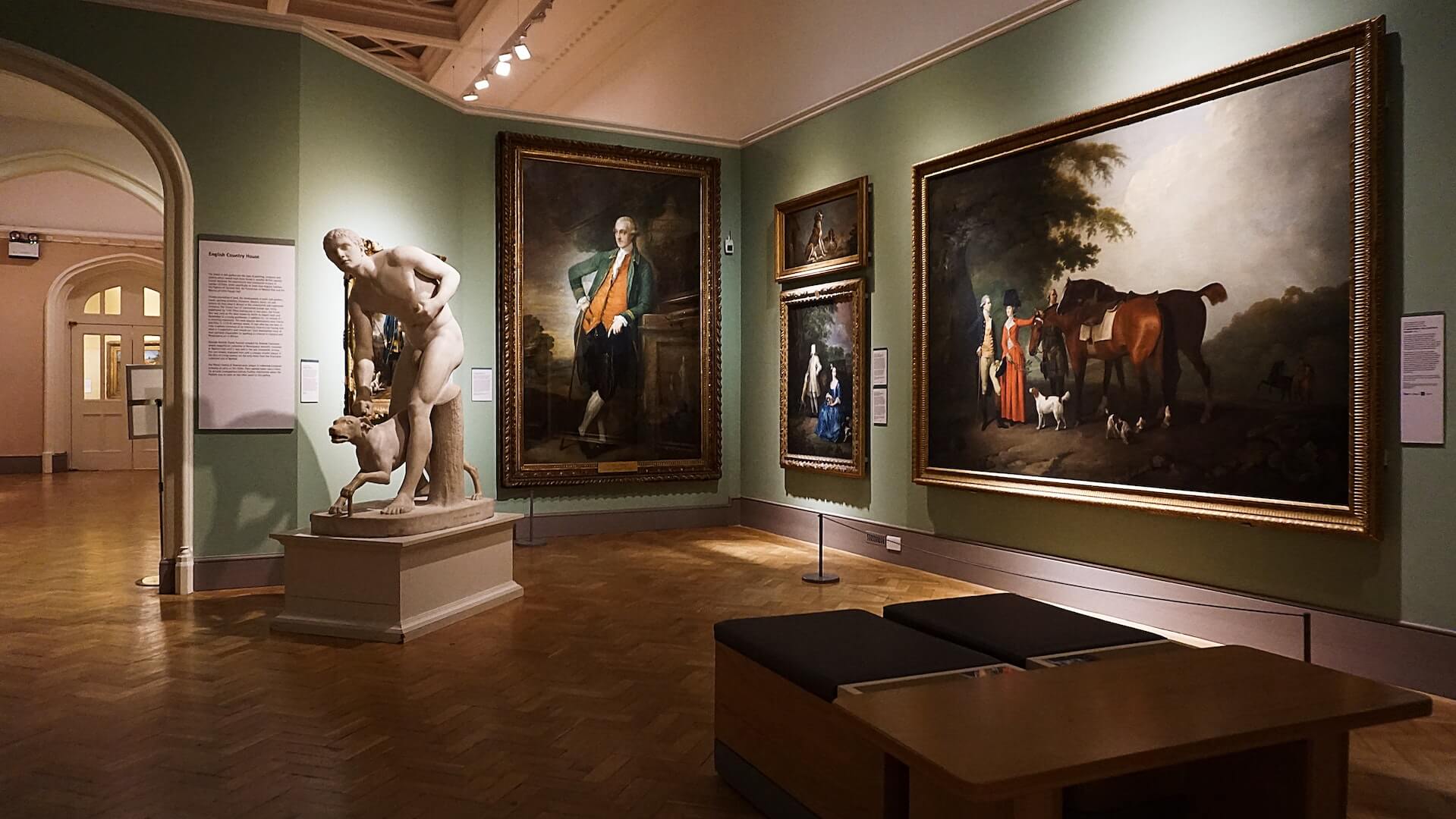Ah, the enigmatic world of Russian art and literature – a realm that has captivated our hearts and minds for centuries. We’ve been mesmerized by its masterpieces, from Tolstoy’s epic War and Peace to Malevich’s groundbreaking Black Square, bearing witness to Russia’s rich cultural heritage.
As connoisseurs of this fascinating domain, we can’t help but delve into the depths of this vast ocean of artistic brilliance in order to satiate our subconscious desire for understanding.
But what is it about these marvelous creations that have such an enduring impact on us? It’s not just their beauty or narrative power; there’s also something innate within the very essence of the Russian language itself that shapes these works into unparalleled gems.
The intricacies of grammar, syntax, and vocabulary weave together like delicate threads in a tapestry, forming a complex yet harmonious picture which only true experts are able to discern fully.
So let us embark on this captivating journey together as we explore some prominent examples of Russian art and literature while simultaneously unraveling the linguistic secrets behind them.
Table of Contents
The Impact Of Classic Novels
It was a rainy afternoon when I first picked up a copy of Tolstoy’s ‘War and Peace,’ feeling the weight of its pages in my hands, knowing that this work would leave an indelible mark on my soul.
As I delved into the intricate world created by one of Russia’s most celebrated authors, it dawned upon me how deeply classic novels have impacted our culture, with their timeless themes resonating across generations.
The influence of these literary masterpieces is immeasurable; they’ve inspired countless classic adaptations – from stage productions to silver screen renditions – and novel transformations that have enriched various art forms.
The rich tapestry woven by Russian literature provides us with invaluable insights into human nature, love, loss, and redemption.
Through characters like Anna Karenina or Raskolnikov from Dostoevsky’s “Crime and Punishment,” we learn about ourselves while exploring unfamiliar worlds with relatable emotions.
And as if breathing new life into these stories wasn’t enough already, artists throughout history have sought inspiration for their own creations from such literary giants – be it through paintings capturing pivotal moments or sculptors immortalizing protagonists in marble or bronze.
Indeed, the legacy left by these iconic works will forever echo within the creative realm.
So now let us delve even deeper and examine some extraordinary pieces born out of admiration for Russian classics, particularly those found in the world of visual arts…
Exploring Iconic Paintings And Sculptures
As we delve deeper into the realm of Russian art, it becomes evident that literature is but one aspect of its rich cultural heritage. Moving away from the impact of classic novels, our journey now takes us to an exploration of some iconic paintings and sculptures that have come to define Russia’s artistic identity.
From Soviet avant-garde masterpieces to works rooted in the Symbolist movement, these creations not only showcase the immense talent of their creators but also serve as windows into different periods and aspects of Russian history.
One cannot speak about Russian art without mentioning the revolutionary spirit embodied by Soviet avant-garde artists such as Kazimir Malevich, Wassily Kandinsky, or El Lissitzky. These visionaries challenged traditional norms and sought new forms of expression during a time when society was undergoing massive upheaval. Their innovative ideas went on to inspire generations of artists around the world.
On the other hand, we have the Symbolist movement led by Mikhail Vrubel and Viktor Vasnetsov whose evocative paintings transport viewers into mystical realms filled with emotion and imagination. Both movements represent distinct yet equally significant facets of Russia’s multifaceted artistic landscape which continue to captivate audiences today.
As we further explore this fascinating subject matter, let us turn our attention next towards understanding how poetry has played a pivotal role in shaping Russian culture throughout the ages.
The Role Of Poetry In Russian Culture
On one hand, the tumultuous history of Russia has been marked by political upheavals and social transformations; on the other, it is a land rich in poetic patriotism that binds its people together.
The role of poetry in Russian culture cannot be understated, as versification techniques have helped to shape both individual and collective identities throughout time.
From the poignant verses of Alexander Pushkin to the fiery lines of Vladimir Mayakovsky, Russian poets have wielded their pens like swords, cutting through societal norms and forging new paths for artistic expression.
As we delve deeper into this fascinating subject matter, let us also unravel the complexities of Russian grammar and seek to understand how linguistic intricacies contribute to the unique beauty of these masterpieces.
By examining the relationship between language structure and poetic form, we can gain insight into not only the creative process but also the historical context that shaped these literary treasures.
So without further ado, let us proceed on our journey into Russia’s vibrant world of art and literature.
Unraveling The Complexities Of Russian Grammar
As we delve into the world of Russian art and literature, it becomes apparent that understanding the intricacies of the language is key to fully appreciating these masterpieces.
One cannot help but notice how grammar intricacies play a significant role in shaping the beauty and complexity of this rich cultural heritage.
The fascinating conjugation challenges presented by the Russian language open up new dimensions for exploration not only for linguists, but also for those who find solace in creative expression.
The journey towards mastering Russian grammar might be arduous at times; however, it offers an unparalleled sense of accomplishment once one starts deciphering its complexities.
It allows us to engage with works like Tolstoy’s ‘War and Peace’ or Dostoevsky’s ‘Crime and Punishment’ on a profoundly deeper level, as well as appreciate their true essence – something that would remain elusive if solely relying on translations.
As we progress further into our exploration, we will examine how the influence of language on creative expression transcends beyond mere words and shapes captivating narratives that captivate generations across geographical boundaries.
The Influence Of Language On Creative Expression
The rich tapestry that is Russian art and literature owes much to the linguistic inspiration derived from its unique language.
Delving into the myriad complexities of Russian as a means for creative expression, we find that it opens up vivid new dimensions in both visual and literary arts.
The intrinsic connection between language and thought allows for cultural expressions infused with distinctive imagery, symbolism, and nuanced emotional landscapes which set them apart from their counterparts across the globe.
As we explore this fascinating realm further, let us appreciate how the subtleties of grammar, syntax, and vocabulary intertwine to generate powerful narratives resonating with audiences far beyond Russian-speaking communities.
From Pushkin’s lyricism to Kandinsky’s bold strokes, these artists have harnessed the full potential of their linguistic heritage to create timeless masterpieces that continue to captivate our senses even today.
By understanding this profound relationship between language and creativity, we can not only gain valuable insights into Russia’s vibrant artistic legacy but also foster a deeper appreciation for the universal power of human expression transcending barriers of time and space.
Frequently Asked Questions
How Has Russian Folk Art And Traditional Crafts Influenced The Development Of Russian Art And Literature Over Time?
The fascinating interplay between Russian folk art and traditional crafts with the evolution of Russian art and literature cannot be overstated, as it has left an indelible mark on the country’s cultural landscape.
Folklore inspirations have acted as fertile ground for creativity in various forms of artistic expression, weaving a rich tapestry that showcases the soul of Russia through its myths, legends, and oral traditions.
From Pushkin’s enchanting fairy tales to Repin’s vivid paintings, one can trace the craftsmanship legacy seeping into every stroke and word – imbuing these masterpieces with a distinctly unique aesthetic.
As we delve deeper into this captivating realm, let us unravel how elements of folklore and artisanal heritage continue to shape both contemporary Russian artists’ works and our understanding of their nation’s collective consciousness.
What Are The Key Themes And Motifs Commonly Found In Russian Literature And Art, And How Do They Reflect The Nation’s History And Cultural Identity?
In exploring the key themes and motifs commonly found in Russian literature and art, one can’t help but notice the profound reflection of the nation’s history and cultural identity.
The influence of censorship has shaped artistic expressions over time, often leading to allegories and hidden meanings as a means for creators to convey their messages subtly.
Religious symbolism is also deeply ingrained within Russian masterpieces, echoing centuries-old traditions and beliefs.
Delving deeper into these works reveals a rich tapestry of emotions, resilience, spirituality, and social commentary that captures the essence of Russia’s complex past while offering insights into its collective soul.
How Did The Soviet Era Impact The Evolution Of Russian Art And Literature, And What Are The Lasting Effects Of This Period On Contemporary Works?
The Soviet era significantly impacted the evolution of Russian art and literature, shaping it through strict censorship and propagandist influences. Soviet censorship impacts led to artists and writers either adhering to socialist realism or facing severe consequences for their dissenting works.
The propaganda art influence was immense during this time as well, with visual arts often portraying glorified images of workers, soldiers, and leaders that reinforced communist ideals.
Despite the fall of the Soviet Union, these lasting effects can still be seen in contemporary Russian works: some artists continue exploring themes rooted in socialist realism while others challenge this legacy by critiquing its suppression on creative freedom.
As a result, the complex duality born from the Soviet era remains an integral part of Russia’s artistic identity today.
Are There Any Significant Differences In The Way Russian Art And Literature Are Perceived And Appreciated Within Russia Compared To Internationally?
Indeed, there are noteworthy differences in the perception and appreciation of Russian art and literature within Russia compared to an international audience.
While native Russians may have a deeper understanding of cultural references, historical context, and linguistic nuances present in these works, international admirers often focus on aspects such as aesthetics or universal themes.
For example, Russian symbolism – a movement that flourished at the turn of the 20th century – might be more deeply appreciated by those who grasp its connection to national identity and spirituality. However, non-Russian speakers can still marvel at the beauty of the language and visual elements without fully comprehending every subtlety.
In essence, both domestic and global audiences can find value in Russian art and literature; yet their respective experiences may vary significantly due to unique perspectives shaped by cultural background, familiarity with history, and language proficiency.
How Have Russian Artists And Writers Been Influenced By Or Contributed To Global Artistic And Literary Movements, Such As Romanticism, Realism, And Modernism?
It’s fascinating to examine how Russian artists and writers have both been influenced by and contributed to major global artistic and literary movements like Romanticism, Realism, and Modernism.
From the passionate works of Russian Romantics such as Alexander Pushkin and Mikhail Lermontov, who drew inspiration from European counterparts but imbued their creations with a distinctively Russian sensibility, to the gritty realism portrayed in masterpieces by authors like Leo Tolstoy and Fyodor Dostoevsky, which resonated far beyond Russia’s borders; these talented individuals played an important role in shaping global cultural trends.
As we venture into Modernist realms, one can’t help but marvel at the unique contributions Russians made through movements such as Russian Symbolism (with poets like Innokenty Annensky and Valery Bryusov) or Soviet Futurism (which gave rise to groundbreaking figures like Vladimir Mayakovsky).
Indeed, it seems that no matter where our exploration takes us on this enchanting journey through art history and literature, Russia remains a vital force in driving innovation and influencing international creative currents.
Conclusion
In conclusion, Russian art and literature are like a rich tapestry woven from the threads of folk traditions, historical events, and cultural identity. The Soviet era added complex layers to this tapestry, leaving an indelible mark on contemporary works.
As connoisseurs of these masterpieces, we can appreciate their unique beauty both within Russia and internationally.
Moreover, it is fascinating to observe how Russian artists and writers have influenced global artistic movements such as Romanticism, Realism, and Modernism while also drawing inspiration from them.
This constant exchange of ideas has ultimately enriched the world’s appreciation for Russian art and literature, allowing us to marvel at its depth and complexity.








